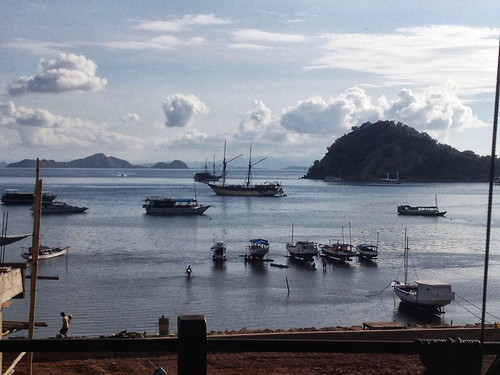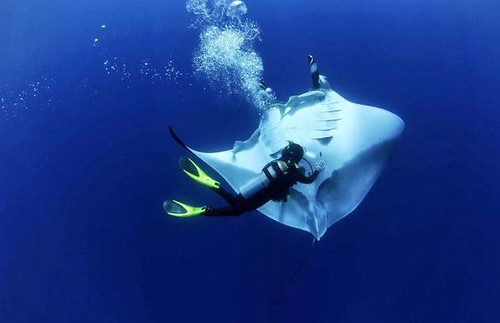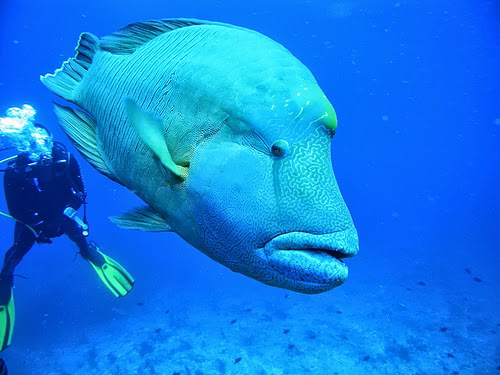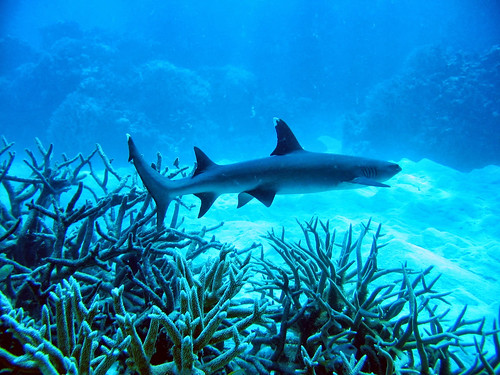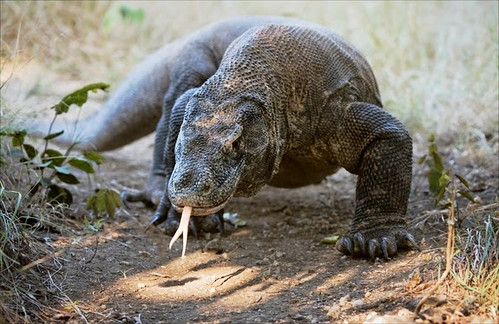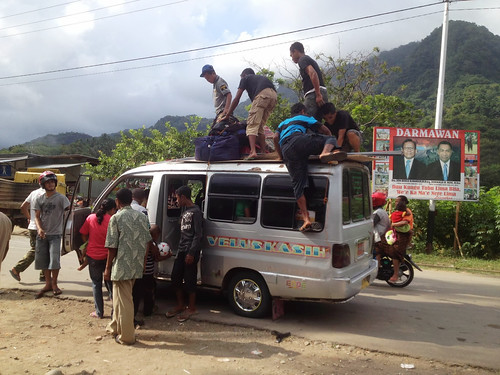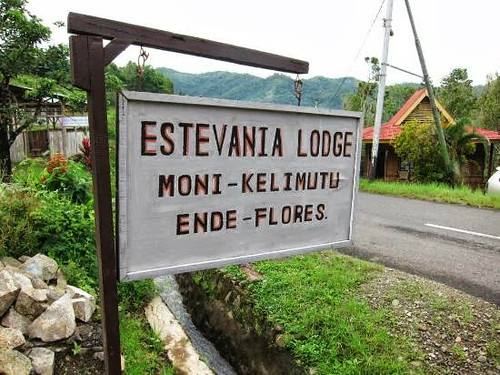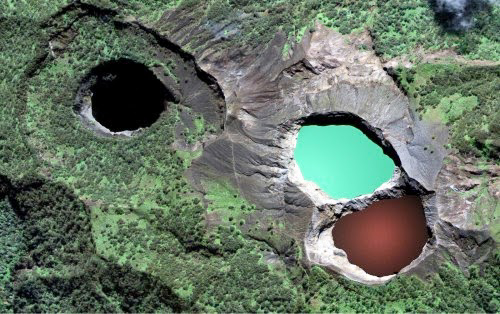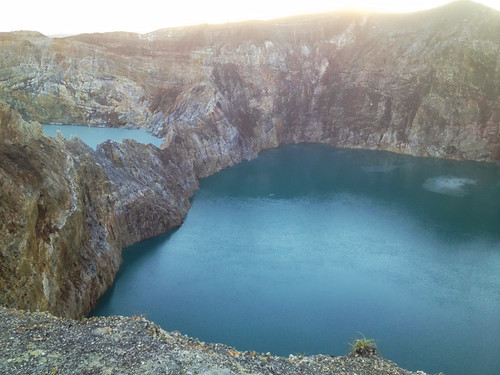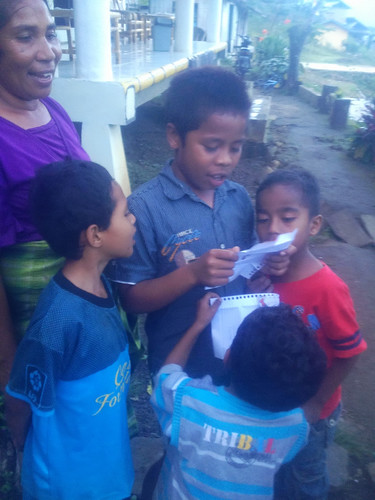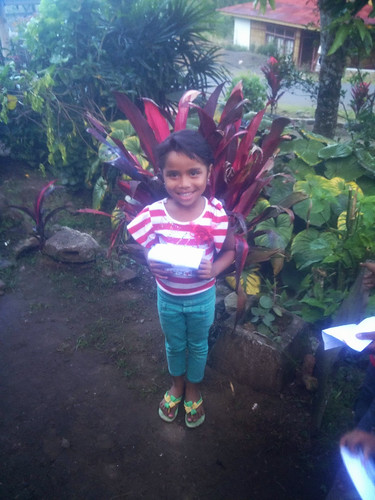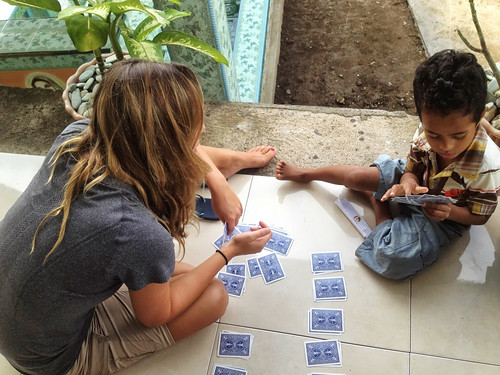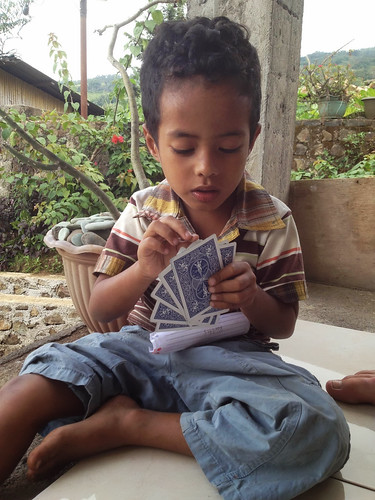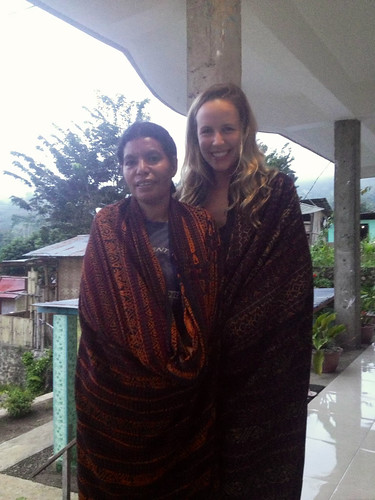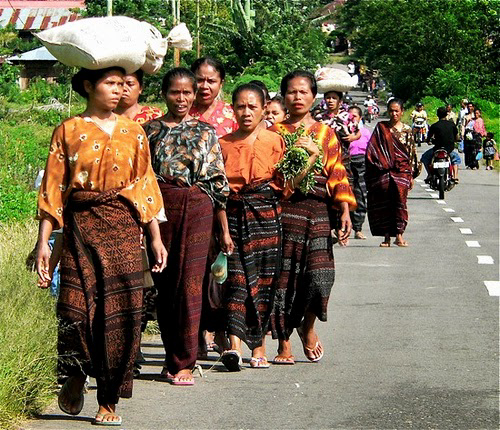| Bayon Temple at Angkor |
It's hard to put into words how much of an impact Cambodia had on us. We started off in Phnom Penh, a budding cosmopolitan city bustling with markets, upscale shops and happening nightlife all in a beautiful riverside setting. At first glimpse, it's easy to forget that the 700-year-old city was almost entirely deserted just 40 years ago as part of the Khmer Rouge's forced evacuations to the countryside. Look a little closer, however, and you'll quickly notice the many signs of this horrific chapter in Cambodia's history. Tuk tuk drivers shout to you from the sidewalks like they do anywhere else in Southeast Asia, but instead of pushing the usual temples and palaces they offer to bring you to the torture prison or the killing fields. With this dark shadow cast across the country, it's hard to stop dwelling on their heartbreaking history and get on with your day. But that's exactly what Cambodians are doing. The political and economic problems will take far more than a single generation to repair, but locals are facing these challenges with an optimism and energy that is remarkable considering the tragedy that many of them have experienced firsthand. Fortunately their economy gets a boost from the thousands of tourists who flock to Angkor, the most stunning temple complex in the world. In our travels, we did our best to learn and pay our respects to the tragedy that so deeply marks Cambodia, but to then move on and see all the beautiful things the country has to offer. We had no idea what an emotional roller coaster we were in for.
All of our Cambodia photos were also lost with the computer theft, so once again we've patched together some photos we were able to collect from emails we sent, Ashley's brother's Facebook (thanks Phil!) and our lovely friends Alex and Patrick who sent along some epic Angkor shots.
Our first stop in Phnom Penh was to one of their famous night markets to gorge on some delicious food.
Grabbing noodles, fried chicken, squid skewers and deep fried crab patties, we settled in for our feast.
One of the outdoor markets selling everything under the sun. Watch out or you'll be run over by one of the many motorbikes that cruise through the narrow lanes ignoring the packed crowds.
It's amazing how little Westerners learn in school about the Khmer Rouge genocide, so here's a brief review: In 1975, the Khmer Rouge and their infamous leader Pol Pot overthrew the already-corrupt government and embarked on a maniacal social engineering project to reverse industrial progress and return Cambodia to an agricultural society. Over the course of four years the Khmer Rouge army forced all city dwellers to abandon their homes and embark on grueling, often fatal marches to villages and labour camps where many died of starvation and disease while enduring endless hours of torturous work. As part of Pol Pot's goal to create an entirely agrarian society cut off from the rest of the world, anyone who was educated, held professional positions or worked for the previous administration was targeted and killed immediately along with their families. Just wearing glasses was often enough to condemn someone to death as an intellectual. Women, children, the elderly - no one was spared. When the Vietnamese army liberated Phnom Penh and Pol Pot's reign of terror finally ended, roughly two million people had been killed, a quarter of the country's population, and most survivors were forced to start a new life having lost homes and loved ones.
The Tuol Sleng Museum in Phnom Penh (pictured) exists today to bring the terror of that period to light for foreigners and locals alike. It had originally been a high school, but under Khmer Rouge was transformed into a prison and torture chamber named Security Prison 21 (S-21) where at the height of its activity some 100 victims were killed every day.
The rules of conduct at S-21
One of the rooms where the "high risk" prisoners were held, chained to the bed. Upon liberation, only seven prisoners had survived because they posessed skills such as painting or photography. Graphic paintings done by one of the survivors of daily life at the prison are on display in the museum. On some days, the survivors will visit the museum to talk to visitors.
Child victims. Like the Nazis, the Khmer Rouge kept meticulous records of all their prisoners. There are rooms upon rooms at the museum displaying thousands of photos of victims.
After a day at the museum we didn't have the heart to visit Phnom Penh's other major genocide museum at the Killing Fields, so we visited the opulent Royal Palace instead.
Monks outside the gates of the Royal Palace
Having a round with Alex and Patrick! We met this couple from San Fran one fateful night at a communal table out for dinner in Bali. They were on their way out, but it started to pour, so they ordered another beer. Thank you rain gods. We formed a friendship that night that would take us to four more destinations together, often staying at the same hotel. Beyond their sparkling personalities, good looks and impeccable ability to not repeat outfits while living out of a backpack, we had an uncanny amount in common. It felt like we'd found our West Coast doppelgängers! Like us, they quit great jobs, gave up a lovely apartment in one of the country's best cities and said goodbye to their nearest and dearest to travel with no plans of where to live when they returned. It was reassuring to meet a couple as crazy as us!
One of our many double dates took us to Romdeng, a restaurant that helps street kids get a head start in the hospitality industry by providing them with the necessary training to get jobs. It's one of many socially-concious businesses in a city that is working hard to rebuild and redefine itself. In addition to some nice Cambodian and French food (along with Vietnam and Laos, Cambodia was once a part of French Indochina) Romdeng serves fried tarantula, and their sales pitch includes bringing a live spider over to crawl on you. As you can see by Ashley's face, their sales tactic failed miserably.

We noticed an older disabled man had been walking up and down the street selling the usual hawker selection of books - copied replicas of guidebooks and tragic stories of the Khmer Rouge regime. He wasn't pushy about selling like so many can be. A female tourist who clearly knew him from the area asked: "how many books have you sold today", he replied with a big smile on his face: "one book," to which she encouragingly responded "well that's a good start." Needless to say the moment he walked by we bought a book from him. Not all of the street hawkers are saints and some use the plight of the past to take advantage of the "guilty tourist," but many are genuine, friendly, and are doing their best to move on and support their families. We'd been traveling for long enough to suspect a scheme around every corner, but sometimes even the most jaded traveler needs to assume the best and lend a hand. We bought this book which is a heartbreaking autobiography of a survivor who coincidentally attended the same high school as Joe after emigrating to America.
Happy Herb Pizza - a must-try when you're visiting Phnom Penh.
Our brilliant plan post Happy Herb Pizza was to visit one of the many blind massage parlors in the city for a relaxing rubdown. Unable to find work, there are a number of organizations who train blind people to be masseurs and enable them to make a living. When our masseurs entered the room, Ashley noticed that hers was much older than she had expected. In her altered state of mind, the thought of an old blind man massaging her butt forced her to stifle her laughter.
From Phnom Penh, we headed to the riverside retreat of Kampot, famous for their green peppercorns (and delicious pepper crab!). It was a popular vacation spot for Europeans back in the French colonial days, and much of the colonial architecture remains.
After Kampot, we set off to explore the magnificent temples of Angkor, Cambodia's (and one of the world's) premier tourist attraction. Between the 8th and 13th centuries, the Khmer civilization (no relation to Khmer Rouge) was centered in Angkor and a number of Hindu and Buddhist kings created the spectacle of temples that are now home to the world's largest religious building, Angkor Wat, and many more fascinating feats of architecture blended with spirituality. One of our favorite sites was the lesser known Ta Som (pictured) where the entrances to the temple have been taken over by the aptly-named strangler fig trees.
East Mebon - a three-tiered temple featuring beautiful elephant sculptures at each corner.
Also known as the Tomb Raider Temple because of the popular Angelina Jolie movie filmed here, Ta Prohm is a sprawling temple where the trees have been left intact. When the temples were discovered in the early 1900s, almost all of them looked like this - swallowed up by a thousand years of jungle growth.
Ta Prohm
Angkor's star attraction - Angkor Wat. It was the capital of Angkor during the 12th century and is dedicated to the Hindu god Vishnu. It's a national treasure and featured on Cambodia's flag. Unlike the other temples, it was never abandoned to the elements and has been in continuous use since it was built.
Depictions of the Ramayana and Mahabharata Hindu epics, as well as scenes from legendary Khmer battles, are expertly carved into the stone walls.
Each of the "god-kings" of ancient Cambodia were constantly trying to out-do the last in size, scale and symmetry of their temples. This competition ultimately culminated in the construction of Angkor Wat.
Some Buddhists visit Angkor Wat as a pilgrimage site and thus the Hall of the Thousand Buddhas was created. Many of the Buddha statues were removed for safety and the remainder were decapitated by the Khmer Rouge.
Making the steep climb to the uppermost level of the temple
Joe getting impatient - this monk took FOREVER
With our guide Phirob. We had been looking for a chance to talk to someone about their personal experience living through the Khmer Rouge regime, but it was not something we could just casually bring up to anyone. Because this isn't an ancient historical event and happened so recently, it's shocking to walk around and realize that everyone you see over the age of 40 probably has a tragic story to tell about their experience. At the end of our last day at the temples as Phirob was leading us back to the tuk tuk we asked him if he had been born in Siem Reap and what had happened to him during that period. He told us that he was 6 when Khmer Rouge took power. His father had been a soldier for the government and he had been immediately captured and murdered. He and his mother were taken from their home and forced to the fields. When the reign of terror was over (he quoted the exact number of years, months and days) only 2 out of 8 of his mother's siblings had survived. He was now doing ok as a tour guide, supporting his wife and two teenage sons. But he said it was difficult to get regular work since there were so many guides, especially during low season. When we said goodbye for the day, he looked at us with his hands in prayer and said "thank you for providing me with a job today." Ashley was in tears again.
Bayon - by far our favorite temple, its 54 gothic towers are decorated with 216 smiling faces, which bare a striking resemblance to the egotistical king who commissioned the structure (as well as Olmec from Legends of the Hidden Temple). It is a mysterious temple that passed through different religious phases and features a truly unusual architectural design. We loved weaving through the levels while staring up at the peaceful smiling faces.
West siiiiiide, east siiiiide
Definitely the coolest temple we've ever seen
Might as well throw in two more smiling faces!
On another note, Ashley's brother just moved to Phnom Penh a few days ago to accept a job as a Local Economic Development Advisor for the NLC/S (association of local governments). His wife Julia will be joining him in a few months. We're so happy for them as it is something they have been working towards for a long time and they made it happen. We'll miss them, but we'll be thrilled to visit our favorite SE Asian city again to see them! Phil's new job fits right in with the socially conscious environment of Phnom Penh, so if you want to learn more about Cuso International and perhaps even help him achieve his personal fundraising goal, check out his website.
